
Quantum-Enhanced Machine Learning: A New Era of Data Analytics
Quantum Machine Learning: Transforming Data Analysis with Quantum Computing
We use cookies to help you navigate efficiently and perform certain functions. You will find detailed information about all cookies under each consent category below.
The cookies that are categorized as "Necessary" are stored on your browser as they are essential for enabling the basic functionalities of the site. ...
Necessary cookies are required to enable the basic features of this site, such as providing secure log-in or adjusting your consent preferences. These cookies do not store any personally identifiable data.
Functional cookies help perform certain functionalities like sharing the content of the website on social media platforms, collecting feedback, and other third-party features.
Analytical cookies are used to understand how visitors interact with the website. These cookies help provide information on metrics such as the number of visitors, bounce rate, traffic source, etc.
Performance cookies are used to understand and analyze the key performance indexes of the website which helps in delivering a better user experience for the visitors.
Advertisement cookies are used to provide visitors with customized advertisements based on the pages you visited previously and to analyze the effectiveness of the ad campaigns.

Quantum Machine Learning: Transforming Data Analysis with Quantum Computing

Discover the critical role of intelligent automation in data analytics and decision-making, unlocking new levels of data-driven insights, and revolutionizing business practices.

The rapid advancement of technology has transformed the business landscape, compelling companies to adapt and stay competitive. One key aspect of this change is the digital transformation, where businesses leverage technology to streamline processes, enhance customer experiences, and drive innovation. In this blog post, we will delve deep into the crucial role of data analytics…
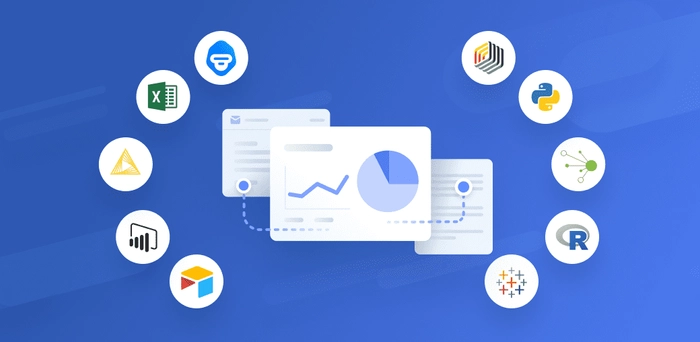
In the world of data analysis, SQL (Structured Query Language) is an indispensable tool that empowers data professionals to effectively manipulate, analyze, and retrieve information from databases. With its versatile capabilities, SQL has become the go-to language for data analysts and business professionals alike. In this article, we will explore some essential SQL techniques and…
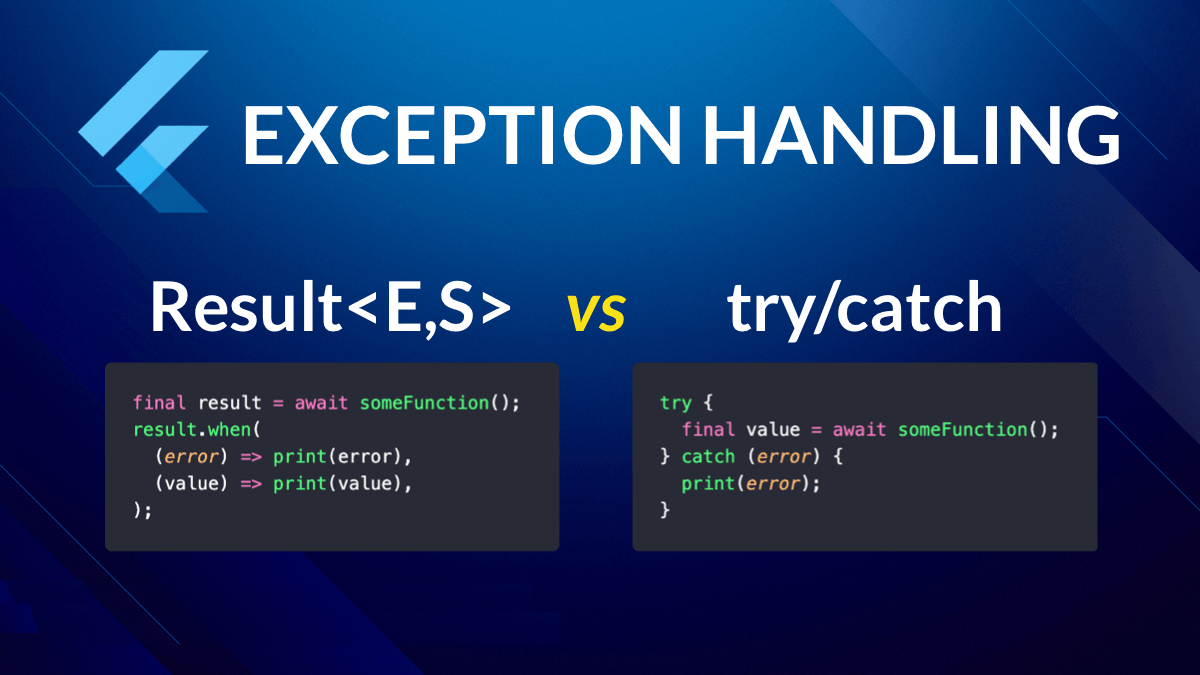
Error handling is a crucial aspect of any programming language or database system, and SQL is no exception. Whether you’re a database administrator, developer, or data analyst, properly managing errors can save you time, ensure data integrity, and maintain smooth system operations. In this article, we will explore SQL error handling using Try-Catch blocks and…
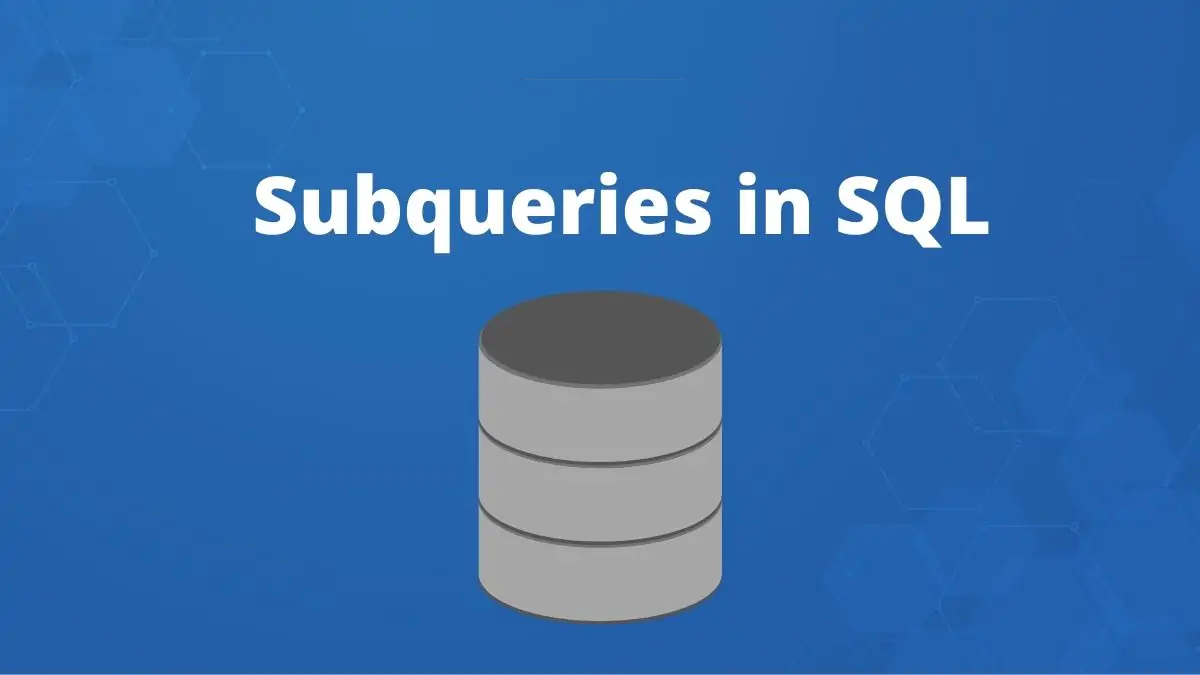
SQL (Structured Query Language) is a powerful tool that allows us to interact with databases, manipulate data, and retrieve information. One of the many powerful features of SQL is the ability to use subqueries. In this article, we will explore two types of subqueries: nested and correlated subqueries. We will dive into each type, discuss…
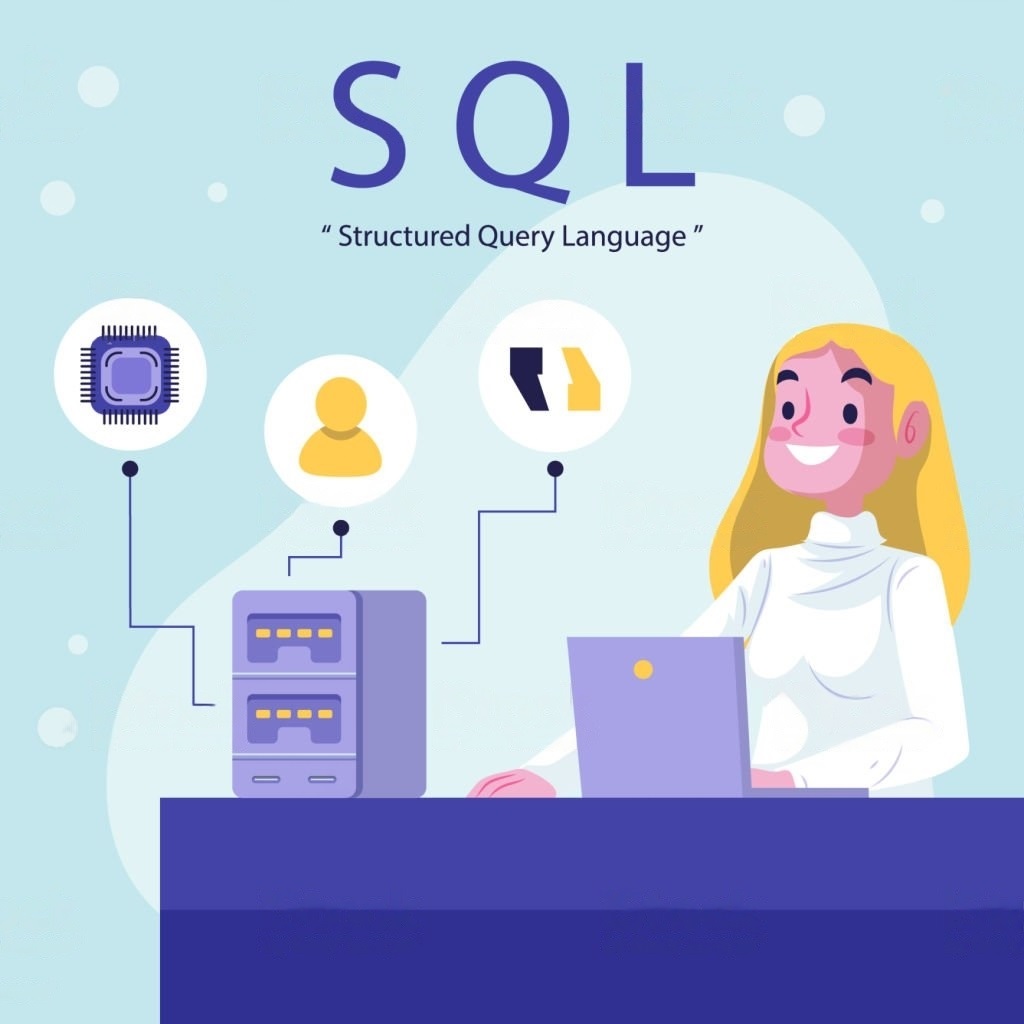
SQL (Structured Query Language) is a powerful tool for managing and querying data in relational databases. mong the various operations it supports, the GROUP BY clause and aggregate functions play a critical role in organizing and summarizing data. This article will walk you through the use of GROUP BY and aggregate functions in SQL with…
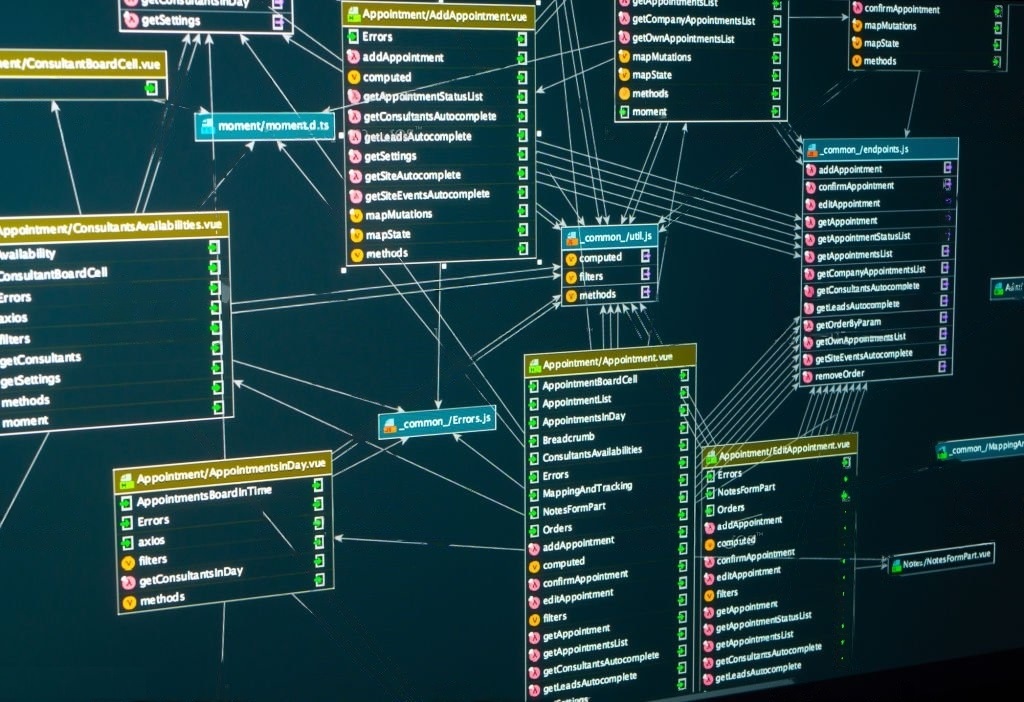
SQL joins are fundamental in database management systems, allowing users to retrieve and manipulate data from multiple tables. This article will explore the four types of SQL joins – Inner, Outer, Left, and Right – with detailed explanations, examples, and scenarios. We’ll also include some helpful images to further illustrate these concepts. Inner Join Definition…

Structured Query Language (SQL) is a widely-used programming language for managing and manipulating relational databases. It allows users to perform various tasks, including creating, retrieving, updating, and deleting records. In this article, we will cover the four main SQL queries – Select, Insert, Update, and Delete – and provide examples to help you understand their…
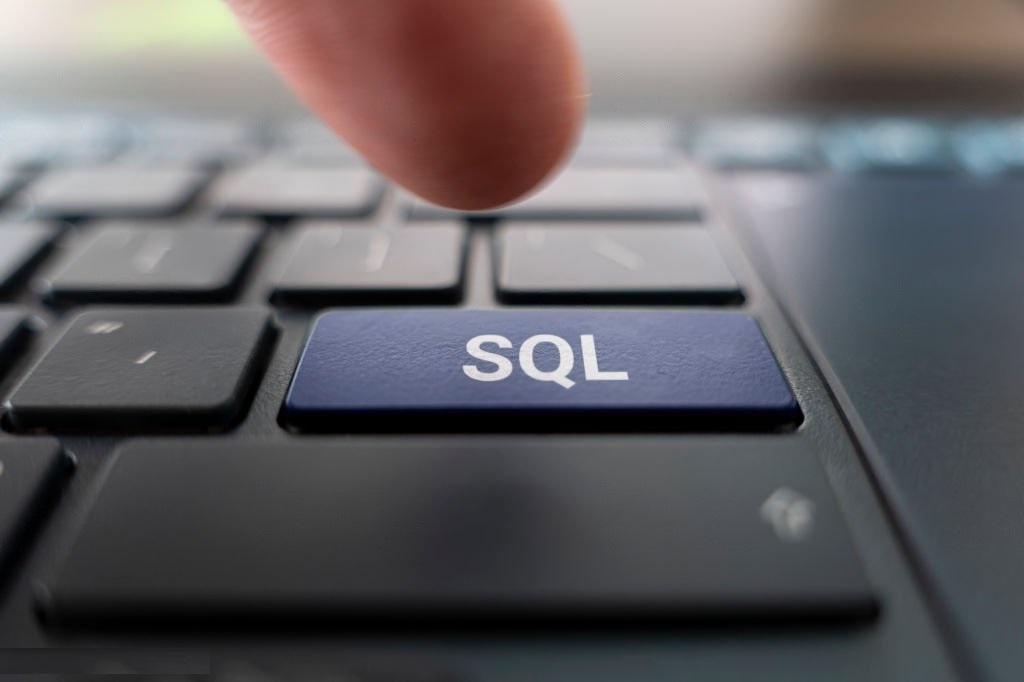
Structured Query Language (SQL) is a standardized programming language used to manage and manipulate relational databases. Understanding data types is crucial for working with SQL, as they define the structure and characteristics of the data stored in database tables. This article provides a comprehensive overview of various data types in SQL, their use cases, and…